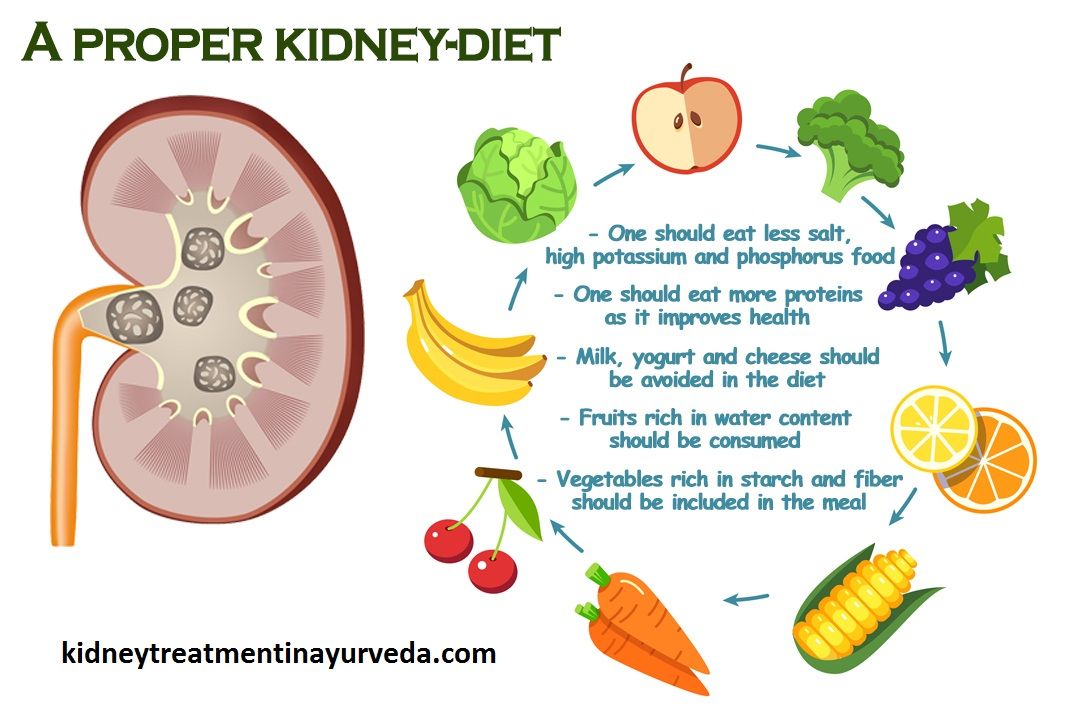6 month baby food timetable
6-month-old feeding schedule: Timetable
A baby’s 6-month birthday marks an important transition as many infants are ready to start trying solids at this point.
While breast milk or formula should still form the core of a 6-month-old’s diet, some caregivers find that a child’s feeding schedule shifts as they begin eating purees and other solids.
Share on PinterestWhen a baby reaches 6 months of age, purees and other solid foods can usually become part of their diet.Babies typically need to eat every 2–3 hours, five to six times during the day.
It is normal for a baby’s schedule to change from day to day, or for babies to eat different amounts of food each day.
Caregivers can follow a baby’s cues, even if they have established a schedule already. A parent or caregiver does not need to deny food to a baby just because it has already eaten.
Introducing solids
The American Academy of Pediatrics (AAP) advise that parents exclusively breastfeed infants for about 6 months if possible. By the time a baby hits their half birthday, they may be ready to try solids.
A baby may be ready for solids at 6 months if:
- they have good head control
- they can hold their head up for extended periods
- they can sit up with no or very little assistance
- they no longer have the tongue thrust reflect to push food out of the mouth with the tongue
- they show interest at mealtime and lean toward food if a caregiver offers it
At this age, breast milk or formula is still a baby’s most important form of nutrition and solids are an addition.
Not all 6-month-olds are ready for solids. If a baby shows no interest, a caregiver can wait a few weeks and try again.
Giving a baby 1–2 tablespoons of iron fortified cereal or fruit or vegetable purees per feeding can be a good place to start.
Gradually increasing this as the baby’s interest and appetite increase can follow.
To ensure a baby eats sufficient food, the adult can breastfeed or give a bottle before offering solids.
Caregivers can give solid food as a supplement each time they nurse the baby or give a bottle. Or, they can include the baby in family meals by giving solids at mealtime.
At 6 months of age, when an infant may begin to want solids, a caregiver can offer these just once per day.
Choosing a time of day when the caregiver is relaxed and not pressed for time, and the baby is not overly hungry, fussy, or tired often works best.
Once a baby is enjoying their once-a-day solids, the frequency can increase to two and then three times a day.
There is no “right” schedule, but caregivers should plan to increase the number of solids babies get gradually.
At 6 months, the goal is not to introduce new foods and eating habits. Similarly, there is no need to force a baby to eat solids or restrict new food if a baby indicates they want more.
Regardless of their size and eating habits, babies need access to an expanding variety of solid foods.
Most babies will need to try new foods several times before they feel comfortable eating them. It is fine to let a child eat at their own pace, in the way that feels right to them.
It is fine to let a child eat at their own pace, in the way that feels right to them.
It is acceptable at this age for a baby to play with their food since this is a way of exploring new things.
Breast milk and formula
Breast milk or formula remains the most important food at 6 months of age. The easiest way to ensure a baby eats enough is to nurse or formula feed them on demand when they show signs of hunger.
Research supports the value of feeding on demand.
A longitudinal study of 10,419 children found better academic achievement and a four-point Intelligent Quotient (IQ) advantage at 8 years old among children whose caregivers fed them on demand.
However, the caregivers of these children got less sleep and had lower overall well-being.
These results may point to adults finding a happy medium, such as steadily shaping the baby’s preferred schedule into one that works for them.
In general, caregivers should plan to breastfeed babies 3 to 5 times per day, and sometimes more.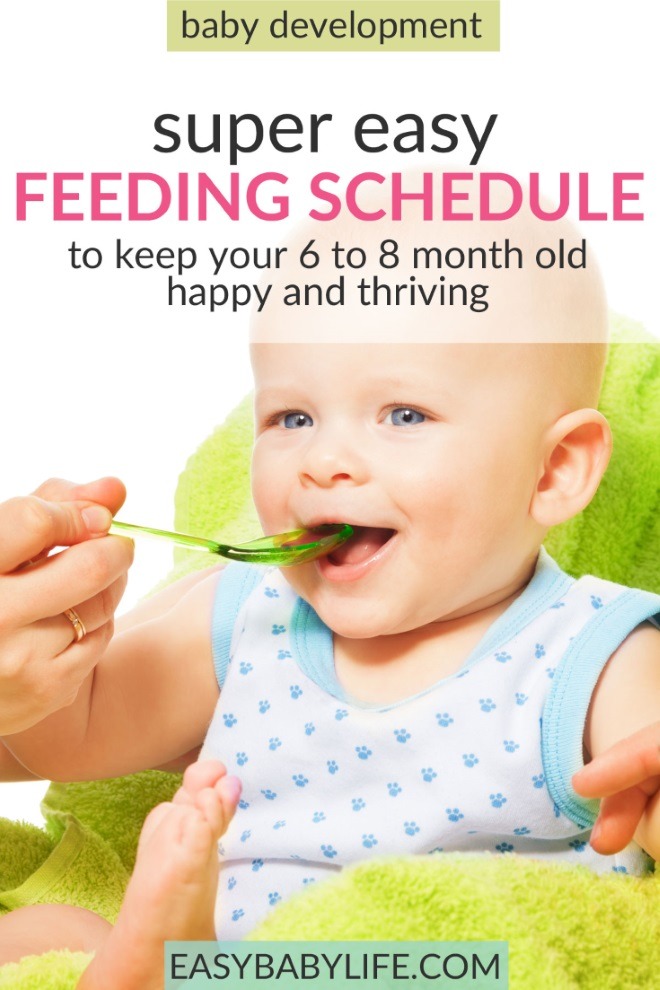 However, babies vary greatly and every 3–4 hours is common, which can amount to up to eight times in 24 hours.
However, babies vary greatly and every 3–4 hours is common, which can amount to up to eight times in 24 hours.
Some babies prefer cluster feedings, during which they nurse several times in a short period. Growing or sick babies may also nurse more frequently.
If a baby has formula, giving 24–32 ounces of iron fortified formula spread over five or six feeds per day is typical. While some babies sleep through the night at 6 months, others will still wake or want to feed.
A nighttime “dream feed” around the time caregivers retire for the evening may help babies sleep longer.
Other liquids
Babies do not need juice at 6 months. The extra calories can decrease a baby’s appetite, and the sugar may damage a child’s developing teeth. Soda and other drinks are not healthful for babies.
Babies can have water beginning at 6 months, or when caregivers introduce solids, whichever is later. Introducing a cup of water along with solid meals may be helpful.
Around 6 months old, some babies begin transitioning from three or four daily naps to two. The baby might take a midmorning nap and a midafternoon nap. At this age, most babies need 12–15 hours of sleep per day, and naps usually last 1–3 hours.
The baby might take a midmorning nap and a midafternoon nap. At this age, most babies need 12–15 hours of sleep per day, and naps usually last 1–3 hours.
Caregivers are best finding a schedule that works for them and the child. Some children are used to falling asleep by nursing or with a bottle. Others happily doze off on their own.
A caregiver can follow the baby’s cues and work to adapt their needs to the family’s schedule slowly.
These feeding tips may help:
- Babies may be hungrier after waking from a long nap. This can be a good time to try solids after offering formula or breast milk to ease their initial hunger.
- There is no evidence that adding cereal to a bottle helps babies sleep longer. Doing so can increase their risk of choking.
- Babies must never have food without close supervision. nor have solids, even very thin purees, in bed.
Deciding what, when, and how to feed a baby can be challenging, especially during the transition to solids. As long as babies get regular breast milk or formula, caregivers do not need to rush the transition to solids or worry that babies are not eating enough.
As long as babies get regular breast milk or formula, caregivers do not need to rush the transition to solids or worry that babies are not eating enough.
Some babies take longer than others to embrace solids, while some will eagerly eat anything. The right schedule is one that works for the baby and family. This schedule may change over time which is also fine.
6 Months Baby Food Chart
Start your little one’s journey into solid foods the right way with our 6 months Baby Food Chart! Includes healthy and nutritious Indian recipes too!
Things to Remember before Weaning your Baby
Basic Tips for Feeding your 6 Month Old Baby:
6 Months Baby Food Chart with Indian Recipes
Week 1 – 6 Months Baby Food Chart
Week 2 -6 Months Baby Food Chart
Week 3- 6 Months Baby Food Chart
Week 4- 6 Months Baby Food Chart
How do you know that your baby has an allergy to a particular food?
What to do if your baby is allergic to a particular food?
Buy Healthy Nutritious Baby, Toddler food made by our own Doctor Mom !
So your baby is 6 months old – congratulations, she’s ready to start solid foods! Many Moms eagerly wait for that moment when their little ones start eating new foods. It’s so much fun to watch the expressions on those little faces change as they taste new flavors!
It’s so much fun to watch the expressions on those little faces change as they taste new flavors!
Things to Remember before Weaning your Baby
Be sure that your baby is ready for starting solids by checking her physical developmental milestones. Please remember that at this age, breast milk is still a major part of your baby’s diet. WHO recommends exclusive breastfeeding till 6 months of age, and breast milk to complement solids for the next year or more.
Make sure you are well prepared with all the essentials for weaning your baby.
Your baby’s immune system is still weak and she is vulnerable to all kinds of germ attacks. So, ensure that all your baby’s feeding utensils are absolutely clean and sterilized. If you’re confused about how to do it, then this video on how to sterilize feeding utensils for babies should help.
Initially, it can be difficult to know exactly how much solid food for a 6-month-old. You don’t really need a lot of solid food for your baby at this age. About 90 ml per feed twice a day should be enough to begin with. Before starting out, you may want to check our post on how to introduce solids to Baby for some useful tips and tricks.
About 90 ml per feed twice a day should be enough to begin with. Before starting out, you may want to check our post on how to introduce solids to Baby for some useful tips and tricks.
Here is a look at the foods you can introduce this month:
Basic Tips for Feeding your 6 Month Old Baby:- You can make any of the purees or porridge runny by adding breast milk or formula milk
- Thicker purees will help add calories
- Follow a routine to feed baby, like tying on the bib, putting him in his chair, etc.
- Continue to breastfeed on demand
Here is the 6 months baby food chart for indian babies.
Week 1 – 6 Months Baby Food Chart
Day 1 – The best choice for a baby’s first food is fruit. Start with 1 tablespoon of Apple puree once a day.
Day 2 – Increase to 2 tablespoons of Apple Puree twice a day.
Day 3 – Increase to 3 tablespoons of Apple Puree twice a day.
Day 4 – You can now introduce a new solid, a vegetable. You can start with carrots, by giving 1 tablespoon Carrot Puree once a day.
Day 5 – Increase to 2 tablespoons of carrot puree twice a day.
Day 6 – Increase to 3 tablespoons of carrot puree twice a day.
Day 7 – Go with apple puree in the morning and carrot puree in the evening.
Week 2 -6 Months Baby Food Chart
Now that your baby has gotten used to a texture other than that of milk, you can continue with two solid meals a day. The recommended feeding schedule for 6 month old babies is somewhere during mid morning and early afternoon ,around 3:00 PM, but you can adjust it to your baby’s liking. You can find the recipes mentioned in the chart by clicking on the links below.
You can find the recipes mentioned in the chart by clicking on the links below.
Week 3- 6 Months Baby Food Chart
Continue with the same timings as earlier, with two solid meals per day. You can introduce some new grains, fruit and vegetables this week. Get the recipes of the dishes in the chart by clicking on the links below.
Week 4- 6 Months Baby Food Chart
This week, you can continue with baby’s familiar foods, and introduce some new ones. If anyone in the family has celiac disease, gluten intolerance or any kind of wheat allergy, talk to your doctor before introducing wheat. Get the recipes by clicking the links below.
Please note that these meal plans aren’t written in stone! This is just a guide that gives you an idea about what to feed your baby, when to feed and how much to feed. You can customize these meal plans to your baby’s convenience and routine. If she doesn’t like a food, wait a few weeks before introducing it again. Be patient, don’t expect your baby to polish off the plate at every meal! It’ll take another two months for her to completely finish the portions, so don’t try to force-feed the remaining food on the plate.
However, do consider the risk of food allergies. You can’t be sure if your baby is allergic to any food, so always follow the 3-Day Rule before introducing any new food to your baby. This will also help you rule out any foods that are causing indigestion in your baby.
How do you know that your baby has an allergy to a particular food?
If a food doesn’t suit your baby, your baby may present with the following symptoms:
- Diarrhea
- Constipation
- Vomiting
- Rashes
- Incessant Crying (due to stomach pain)
What to do if your baby is allergic to a particular food?
If your baby is allergic to a particular food, stop it immediately and restart it after 2 months. At every point, be sure to follow the 3-day rule – whether introducing a new food or reintroducing an old one. You can start a “Baby Food Diary” to keep track of your little one’s favorite recipes and specific food allergies.
Please click this link for other 6 months Baby Food Recipes.
Looking for the best first baby foods? We have got you covered, I make baby food in my own kitchen and we sell through LittleMoppet Foods! A brand of wholesome and pure homemade baby food products, made without preservatives, added flavors, added sugar, or salt. 100% Organic & Natural.
No time to prepare baby food at home? Don’t worry, we prepare it hygienically and ship it to your doorstep. All food products are made FRESH only after the order is placed
Buy Now
Use these food charts and plan your baby’s meals using a Printable Meal Planner. You can also keep a “Baby Food Diary” to track your little one’s favorite recipes and food allergies if any.
If you wish to get a 6 months baby food chart pdf then you can sign up here
Check out 6 to 12 months baby food chart pdf here:
- 7 Months Baby Food Chart
- 8 Months Baby Food Chart
- 9 Months Baby Food Chart
- 10 Months Baby Food Chart
- 11 Months Baby Food Chart
- 1 Year Baby Food Chart
Many moms ask about food for a 6-month baby to gain weight, we have covered that also in this article, let us know if you find it useful.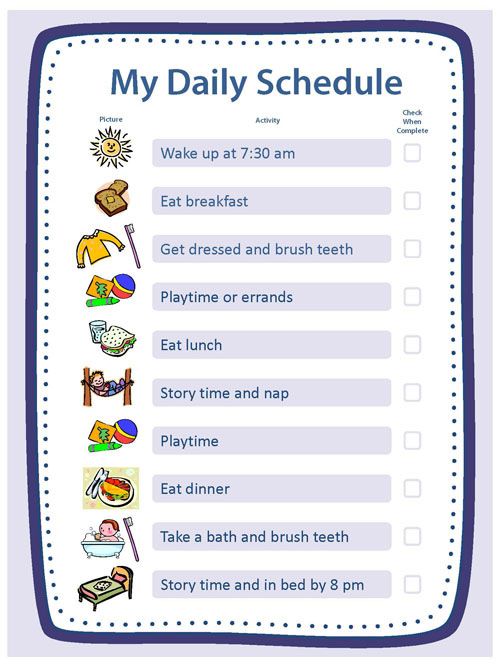
Post Updated on:
- 20th March 2022
- 19th May 2021
- 11th June 2019
Post first published on: 7
Make life easier with our eBook, ‘50 First Foods for Babies‘ that has recipes and meal suggestions for every stage of weaning. You can download it for free here.
The information presented here is meant to be a guide and does not replace professional medical advice. You should always discuss your baby’s dietary requirements with your doctor.
Buy Healthy Nutritious Baby, Toddler food made by our own Doctor Mom !
Shop now!diet for a 6-month-old baby with breast and artificial feeding, an approximate menu for a week in the table, a diet for a day
Published: 02/10/2021
Reading time: 4 min.
Number of reads: 217994
Author of the article: Ponomareva Yuliya Vladimirovna
Pediatrician, Candidate of Medical Sciences, allergist-immunologist
Changes in a child in the first year of life are very rapid, and each month is not like another. The 6-month milestone is very important, it is largely evaluative and transitional. By this age, most babies have doubled their birth weight, are about 15 cm tall, and some babies have already erupted their teeth. The age of 6 months is also transitional in terms of nutrition. Breast milk or an adapted formula is still the basis of the diet, but with the beginning of the second half of life, all children, without exception, should begin to receive complementary foods. Despite the general graph of growth and weight gain and indicators of psychomotor development, the status and diet of children at 6 months can be very different.
The 6-month milestone is very important, it is largely evaluative and transitional. By this age, most babies have doubled their birth weight, are about 15 cm tall, and some babies have already erupted their teeth. The age of 6 months is also transitional in terms of nutrition. Breast milk or an adapted formula is still the basis of the diet, but with the beginning of the second half of life, all children, without exception, should begin to receive complementary foods. Despite the general graph of growth and weight gain and indicators of psychomotor development, the status and diet of children at 6 months can be very different.
Content: Hide
- The first feeding of 6 months
- The start of complementary foods in 4-5 months
- The second half of life
- for a week for a child at 6 months
The first lure of 6 months
If the baby is healthy and breastfed, and his mother eats a full and varied diet, exclusive breastfeeding is possible until this age.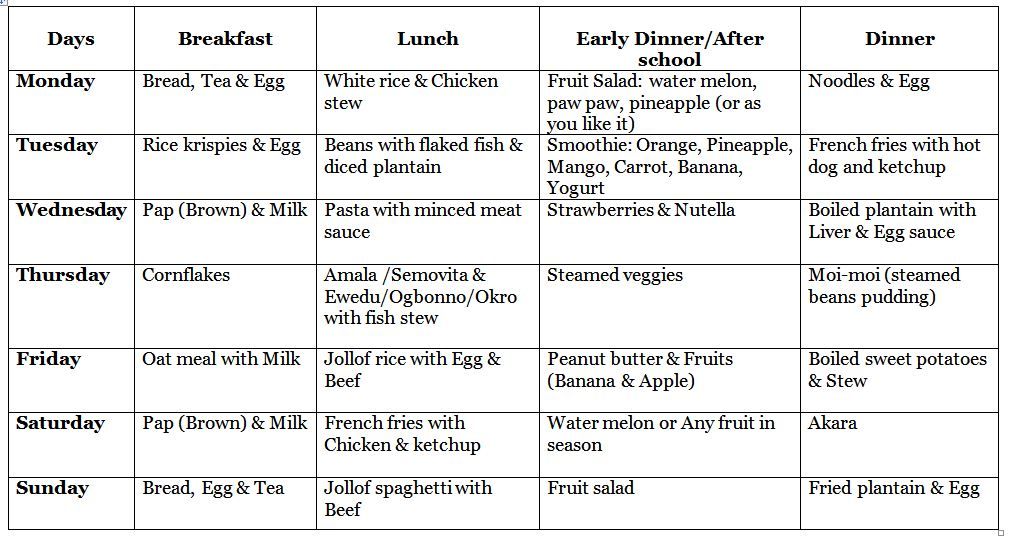 Cereal complementary foods in this case are preferable to start. This is due to the high energy and nutritional value of cereals, the ability to significantly enrich the baby's diet with a delayed start of the introduction of complementary foods.
Cereal complementary foods in this case are preferable to start. This is due to the high energy and nutritional value of cereals, the ability to significantly enrich the baby's diet with a delayed start of the introduction of complementary foods.
However, the rate of expansion of the child's diet in this situation will be accelerated. Before the 8th month of life, it is necessary to introduce all basic food groups into the baby’s menu, since in the second half of the year the need for additional intake of nutrients and micronutrients is very high. Another reason explaining the importance of the rapid introduction of complementary foods is the formation of immunity of the immune cells of the intestine to ordinary food. If a child is introduced to these foods at the age of 4-8 months, the risk of developing food allergies has been proven to be reduced.
Complementary feeding starts at 4-5 months
In today's life, the nutrition of a nursing mother, unfortunately, is not always complete. Therefore, for most breastfed babies, complementary foods already need to be introduced from 5 months in order to prevent deficient conditions.
Therefore, for most breastfed babies, complementary foods already need to be introduced from 5 months in order to prevent deficient conditions.
If a child is bottle-fed, then by the 4th month of life, the baby will not have enough adapted formula alone, and in this group of children, the timing of the introduction of complementary foods usually shifts a month earlier than in breast-fed babies. Accordingly, by 6 months, children will have vegetable puree and gluten-free porridge (buckwheat, corn and rice) in their diet. In the first half of life, monocomponent meals are used (that is, from one type of grain and vegetables), prepared on the basis of water, breast milk or an adapted mixture.
Fruit puree and juice can be another possible complementary food for children under 6 months of age without allergy symptoms. In a child with a risk of developing or manifesting allergies, the timing of the introduction of fruit complementary foods is shifted to the 8th month.
Second six months of life
Children over 6 months of age can supplement their diet with cereals containing gluten. First of all, these are oatmeal and wheat porridge, and then multi-cereal dishes with the addition of other cereals (millet, barley, rye). If the child does not have any manifestations of allergies, milk porridge can be included in the menu at this age. Bebi Premium industrial baby food products include specially prepared milk that is safe to use in healthy babies in the first year of life.
First of all, these are oatmeal and wheat porridge, and then multi-cereal dishes with the addition of other cereals (millet, barley, rye). If the child does not have any manifestations of allergies, milk porridge can be included in the menu at this age. Bebi Premium industrial baby food products include specially prepared milk that is safe to use in healthy babies in the first year of life.
From the age of 6 months, the baby's diet is expanded with such important products as meat and cottage cheese. These products are a source of high-quality protein, fats, and are also rich in minerals such as iron, calcium, and phosphorus. Pediatricians and nutritionists recommend introducing meat and cottage cheese as part of combined dishes based on a fruit and vegetable and / or grain component in a ratio of 1 (cottage cheese / meat): 4–5 (fruits / vegetables / cereals).
To enrich the diet with polyunsaturated fatty acids in the second half of the year, the menu includes vegetable oil in the amount of 3–5 grams per day, which can be added to the complementary food dish.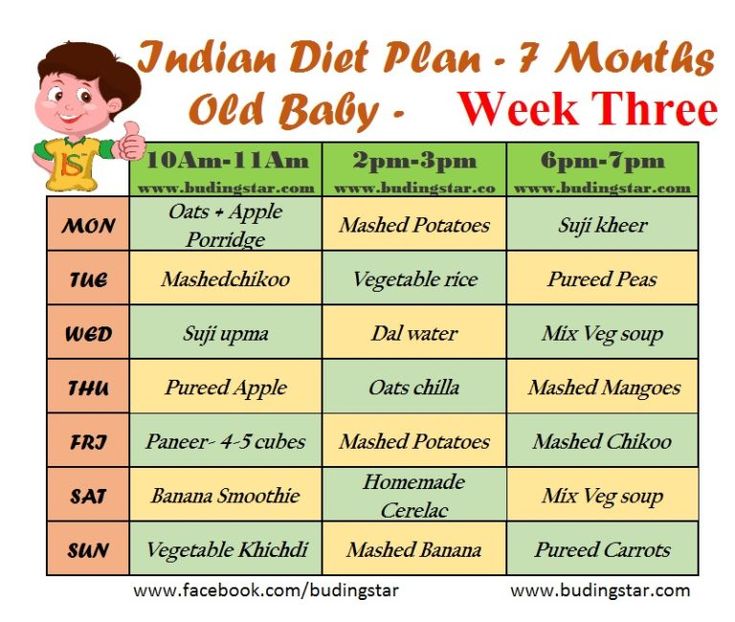 The volume of each feeding is approximately 150-170 ml, and the child can already stand up to 3.5 hours between meals.
The volume of each feeding is approximately 150-170 ml, and the child can already stand up to 3.5 hours between meals.
In the table below, we offer a menu of 6 months for a week for a child who started receiving complementary foods at the age of 4-5 months, and by the time the second half of life begins, dairy-free gluten-free cereals, vegetable and fruit purees have already been introduced into his diet.
1st day
| Meeting | menu | ml/g |
| Breast milk/mixture | 150 | 50 |
| Lunch (12.30) | Vegetable soup with beef, olive oil | 100/30/3 | 9 9006 900 66 9 |
| Afternoon snack (16.00) | Plum puree with cottage cheese | 60/40 |
| Breast milk/formula | 60 066 | |
Lunch (12. 30) 30) | soup puree made of cauliflower and broccoli, olive oil | 80/3 |
| souffle from meat of rabbits | ||
| Afternoon snack (16.00) | Milk porridge “Delicious afternoon snack with Bebi Premium biscuits and pears” | 100 | 9007 1
| food intake | menu | ml/g |
| Early morning | breast milk/mixture | 150 | COMLACE (09) cherry Bebi Premium» | 100 |
| 0065 Breast milk/mixture | 150 | |
| children's soluble cookies "BEBIKI" Classic | ||
| Bebi Premium Kids Instant Herbal Tea | 50 | |
| Bedtime 065 Breast milk/formula | 150 | |
Rate the article
(Number of votes: 23, average 4. 8)
8)
Share with friends:
Diet for a child from 6 months to a year
From 6 to 12 months, your baby develops at an incredible pace. It is during this period that his body needs a sufficient amount of nutrients and trace elements. The right diet will help provide your little one with the necessary nutrients and energize them to explore the world around them and gain new skills! In order to properly build a diet from 6 months old, we have prepared approximate menus for a child, broken down by months, and the feeding table itself from 4 months old can be downloaded here.
Menu at 6 months
Menu at 7 months
Menu at 8 months
Menu at 9 months
Menu at 10 months
Menu at 11 months
Menu at 12 months
Menu at 6 months
At 6 months, the baby's diet contains monocomponent vegetable purees (broccoli, zucchini, cauliflower), 1-2 types of porridge, monocomponent meat puree and children's cottage cheese.
| 6.00 | Breast milk, 200 gr (until saturation) |
| 09:00-09:30 | Dairy-free porridge 10-150 gr (depending on the introduction of complementary foods) + breast milk at the request of the child |
| 13:00-13:30 | Vegetable puree 10-150 gr, meat puree, e.g. Hamé Turkey, 10-30 gr (depending on complementary foods) + breast milk at the request of the child |
| 18:00-18:30 | Cottage cheese 10-40 gr, fruit puree, e.g. Hamé Apple, 10-40 gr (depending on complementary foods) + breast milk (until full) |
| 21:00-21:30 | Breast milk, 200 gr (until saturation) |
| 00:00 | Breast milk, 200 gr (until saturation) |
Vegetable oil can be added to vegetables and porridge.
Menu at 7 months
By 7 months, the volume of complementary foods increases, new types of meat, vegetables and fruits are introduced. Also in the diet of the child appears yolk.
| 6.00 | Breast milk, 200 gr (until saturation) |
| 09:00-09:30 | Dairy-free porridge 150 gr + breast milk at the request of the child |
| 13:00-14:00 | Vegetable puree 150-170 gr, meat puree, e.g. Hamé Veal, 30 gr, 1/4 egg yolk + breast milk at the request of the child |
| 18:00-18:30 | Fruit and cottage cheese puree, e.g. Hamé Apple with apricot and cottage cheese, 80 g + breast milk (to saturation) |
| 21:00-21:30 | Breast milk, 200 gr (until saturation) |
| 00:00 | Breast milk, 200 gr (until saturation) |
You can add butter or vegetable oil to vegetables and porridge.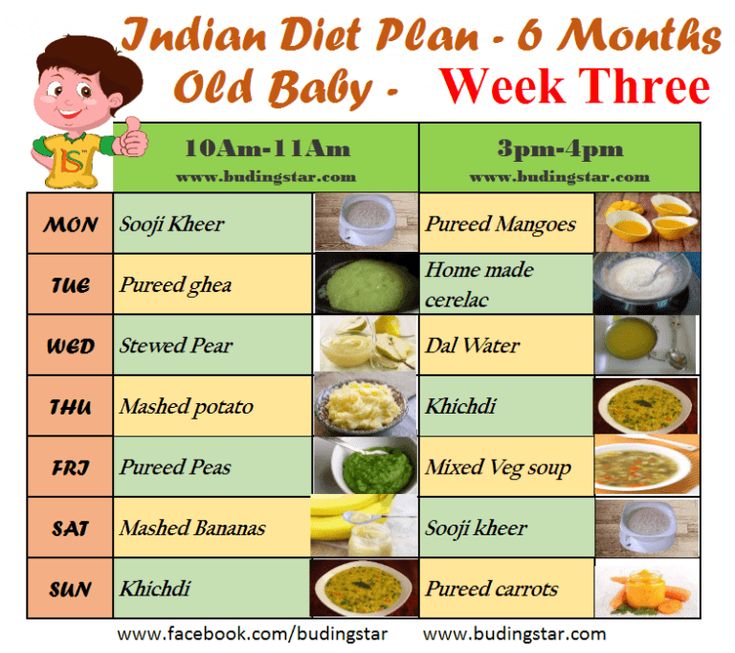
Menu at 8 months
From 8 months you can introduce baby purees with fish and meat purees with the addition of offal. You can also start offering fruit in a nibbler so your little one can scratch their teeth and try new flavors.
| 6.00 | Breast milk, 200 gr (until saturation) |
| 09:00-09:30 | Milk/dairy-free porridge 150g, fruit puree, e.g. Hamé Apple with blueberries, 40g + breast milk of your choice |
| 13:00-14:00 | Vegetable puree 150 gr, meat puree, e.g. Hamé Beef with tongue, 50 gr, 1/2 egg yolk + breast milk on request |
| 18:00-18:30 | Fruit and cottage cheese puree, e.g. Hamé Apple with peach and cottage cheese, 80 g + breast milk (to saturation) |
| 21:00-21:30 | Porridge with butter 60 gr + breast milk (until full) |
| 23:30-00:00 | Breast milk, 200 gr (until saturation) |
A more satisfying dinner with the addition of porridge contributes to sound sleep without frequent awakenings for feeding.
Menu at 9 months
The daily menu is filled with new types of products from all categories: fish purees, sour-milk products and cereals.
| 6.00 | Breast milk, 200 gr (until saturation) |
| 09:00-09:30 | Milk/dairy-free porridge 150 gr, fruit puree, e.g. Hamé Apple with raspberries, 40 gr + breast milk at the request of the child |
| 13:00-14:00 | Vegetable puree 150 gr, fish or meat puree, e.g. Hamé Chicken, 60 gr, 1/2 egg yolk + breast milk as desired by the child |
| 18:00-18:30 | Fruit and cottage cheese puree, e.g. Hamé Apple with cottage cheese, 100 gr + breast milk (to saturation) |
| 21:00-21:30 | Porridge with butter 60 gr + breast milk (until full) |
| 23:30-00:00 | Breast milk, 200 gr (until saturation) |
At 9 months, you can enter baby cookies and up to 10 grams of bread.
Menu at 10 months
At this age, the baby’s menu can be slightly diversified with some dishes from the general table: weak broths, cottage cheese puddings or casseroles, vegetables and fruits, grated on a fine grater.
| 6.00 | Breast milk, 200 gr (until saturation) |
| 09:00-09:30 | Milk/dairy-free porridge 150 gr, fruit puree, e.g. Hamé Apple and Carrot, 60 gr + breast milk on request |
| 13:00-14:00 | Vegetable puree 150 gr, fish or meat puree, e.g. Hamé Beef with heart, 70 gr, 1/2 egg yolk + breast milk as desired by the child |
| 18:00-18:30 | Cottage cheese 50g, fruit puree, e.g. Hamé Apple & Strawberry, 80g + breast milk (to saturation) |
| 21:00-21:30 | Porridge with butter 60 gr + breast milk (until full) |
| 23:30-00:00 | Breast milk, 200 gr (until saturation) |
During the day, you can offer children's cookies and up to 10 grams of bread.
Menu at 11 months
At this age, the baby makes the first attempts to eat on its own. Parents can help by offering chopped soft fruits and vegetables. Steamed meat dishes are also suitable: meatballs, meatballs, fish fillet or finely chopped boiled chicken.
| 6.00 | Breast milk, 200 gr (until saturation) |
| 09:00-09:30 | Milk/dairy-free porridge 150 gr, fruit puree, e.g. Hamé Apple and banana, 60 gr + breast milk of the child's choice |
| 13:00-14:00 | Vegetable puree 150 gr, fish or meat puree, e.g. Hamé Beef with liver, 80 gr, 1/2 egg yolk + breast milk on request |
| 18:00-18:30 | Fruit and cottage cheese puree, e.g. Hamé Apple with blueberries and cottage cheese, 100 gr + breast milk (to saturation) |
| 21:00-21:30 | Porridge with butter 60 gr + breast milk (until full) |
| 23:30-00:00 | Breast milk, 200 gr (until saturation) |
During the day, you can offer children's cookies and up to 10 grams of bread.
Menu at 12 months
At this age, parents begin to introduce the baby to a common table adapted to his needs, gradually expanding the diet with new tastes and textures of products. You can offer your child baby vermicelli, greens, forest and garden berries. Meat puree can be coarsely ground, your baby will gobble up meatballs and cutlets with great pleasure.
| 6.00 | Breast milk, 200 gr (until saturation) |
| 09:00-09:30 | Milk/dairy-free porridge 150g, fruit puree, e.g. Hamé Apple with strawberries, 80g + breast milk of your choice |
| 13:00-14:00 | Vegetable puree 150 gr, fish or meat puree, e.g. Hamé Beef with chicken and beef 80 gr, 1/2 egg yolk + breast milk as desired by the child |
| 18:00-18:30 | Fruit and cottage cheese puree, e. |











